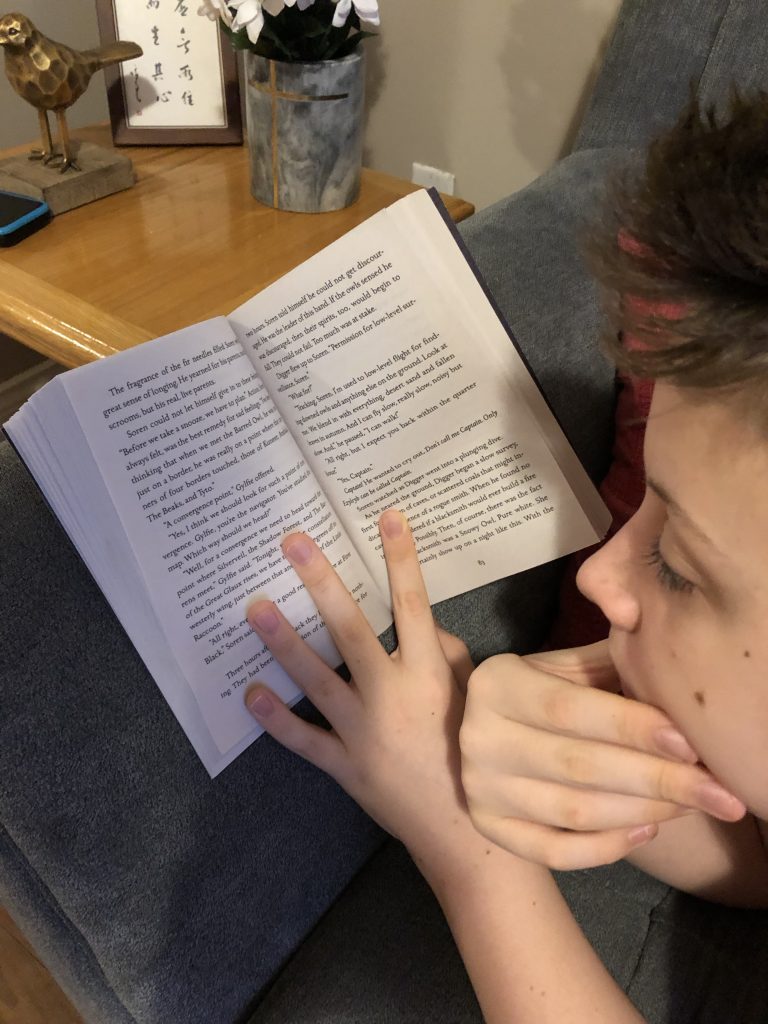When I was in college in Toronto my then mentor and teacher would often preach about the difficulties of life as a musician. One of his key concepts at the time was to not rely on any one income stream – or pieces of the pie (as in chart) as he called it – and to be sure to diversify your investment in any one of these areas. The logic being that if performance fees dried up you could then focus on your teaching business, or sub in the classroom, or perhaps like me, work more hours selling product. It’s a philosophy that works well at the micro or macro level for most freelancers or “solopreneurs”, and especially so for the seasonal life on PEI. How many people do you know on PEI who have a seasonal side-hustle to make up for the low salaries that are found here?
My main focus these past 6 months outside of slowing down and trying to fit into the cogs of life here, has been trying to build out a company for my wife and I that at the very least would help smooth out the rough edges of the high cost of living. Of course, building something you like can at times be fun, though to be honest many parts of following the training-to-be-a-CEO-for-dummies routine are boring at best. Unfortunately, our schedule to launch and subsequent riches has been stretched to the point that it’s time to include something else to the mix.
The next piece of my pie is focusing some of my time and energy on another business that has been on hiatus for the past 6+ months. For the lack of a better descriptor, and I’m searching for a better one, it’s a consultancy, focusing on experience design. What that means in common terms is that I hope to help SME’s fill in the gaps in their product design strategy by providing guidance on how to built things that work for their customers – coaching, qualitative research and heuristic analysis being the focus at first. Obviously I have a way to go in describing what I hope to do in a way that the average non-tech industry folks can understand. I’ve been doing this for a long time, and particularly enjoy coaching, but I know nothing of the market here so I will be taking my time to build out a local portfolio and gain some insight into the local mindset. As such I hope to focus on Startups first. Ultimately, I hope to include my wife in this (if anyone can “motivate” a group of kids during a test session it’s her), and perhaps another, as we fill a niche by focusing only on children’s products.
But my dream of being the Mr. Dressup of usability has already hit a snag. The name that I have been using, Super Lucky Elephant, and that has already been registered etc., after some informal in-person polling has been universally dismissed as being a bad idea. The following are a selection of the responses:
- “the colours of your brand make me feel hungry” (not for design I presume)
- “it sounds like a sushi restaurant”
- “it’s too Asian sounding”
- “you might not be taken seriously”
- “it might make a good name for a diaper brand”
For some reason taking the super, out of super lucky elephant changes peoples opinion towards the positive. Somehow not being “super” changes everything.
The origin of the name comes from my favourite brand of Thai jasmine rice, which upon discovering that the .com name was available, I immediately registered. The name sounds nice in Chinese, and features 2 descriptors which is common in the Asian languages I am familiar with. At some point in time I knew I might have to change the name, but for now in Canada at least, I’m ok.
So for an hour yesterday I searched for a name with corresponding domain with no luck. I’ve thought of using the StartUp Name Generator but I would like something original.











